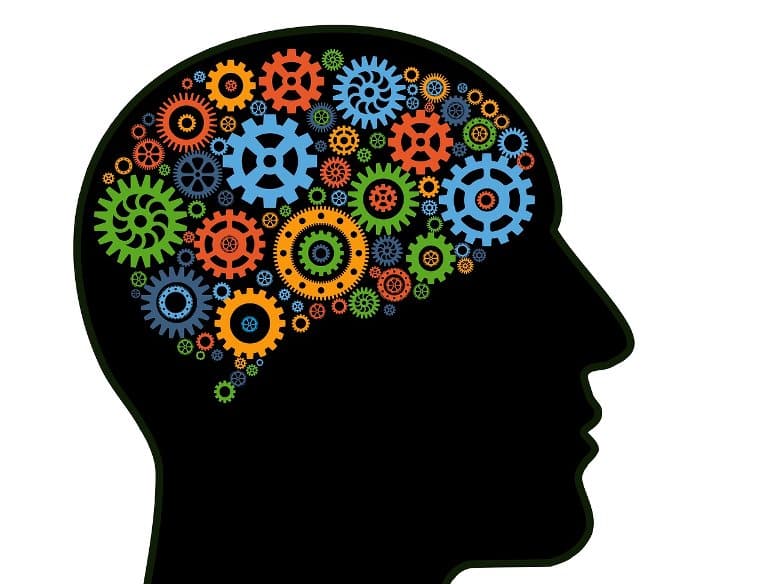
– Neurology research can include information involving brain research, neurological disorders, medicine, brain cancer, peripheral nervous systems, central nervous systems, nerve damage, brain tumors, seizures, neurosurgery, electrophysiology, BMI, brain injuries, paralysis and spinal cord treatments.
Summary: Zooming out to image larger areas of the brain while using fMRI technology allows researchers to capture additional relevant information, offering a better understanding of neural interplay.Researchers have learned a lot about the human brain through functional magnetic resonance imaging (fMRI), a technique that can yield insight into brain function.Studies employing fMRI typically focus on small areas of the brain.“For more sophisticated cognitive processes, it’s unlikely that many areas of the brain are wholly uninvolved,” added Stephanie Noble, a postdoctoral associate in Scheinost’s lab at Yale School of Medicine and lead author of the study.For the study, researchers assessed how well fMRI analyses across a range of scales were able to detect effects, or changes in fMRI signals as participants perform different activities, revealing which parts of the brain are engaged.The research team looked for effects in very small parts of the brain network—such as connections between just two areas—and also at clusters of connections, widespread networks, and whole brains.But at the network level, they could detect over 80% of them.
At the network level, however, they could only say that the effects were occurring across much of the network, not pinpoint where in the network exactly.And low power in fMRI analyses contribute to it: low-power studies only uncover small portions of the story, which can be seen as contradictory rather than parts of a whole.
Increasing fMRI power, as she and her colleagues did here by increasing the scale of their analyses, could be one way to address reproducibility challenges by exposing how seemingly contradictory results may in fact be harmonious.There’s plenty of good work being done to improve methods and boost rigor, and fMRI is still a valuable tool, she said: “I think assessing power, rigor, and reproducibility is healthy for any field.
Noble is now developing a “power calculator” for fMRI, to help others design studies in a way that achieves a desired level of power.“Improving power in functional magnetic resonance imaging by moving beyond cluster-level inference” by Stephanie Noble et al.
Improving power in functional magnetic resonance imaging by moving beyond cluster-level inferenceInference in neuroimaging typically occurs at the level of focal brain areas or circuitsOnly broad-scale (network and whole brain) procedures obtained the traditional 80% statistical power level to detect an average effect, reflecting >20% more statistical power than focal (edge and cluster) procedures